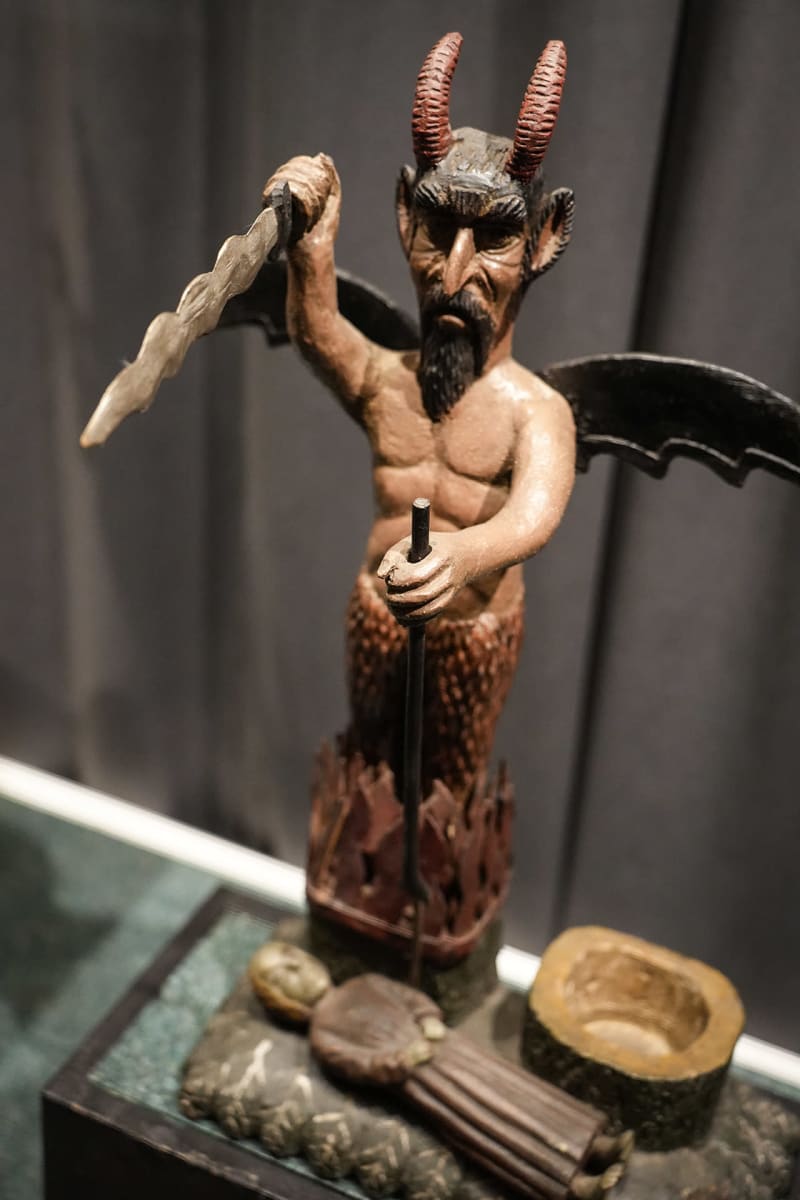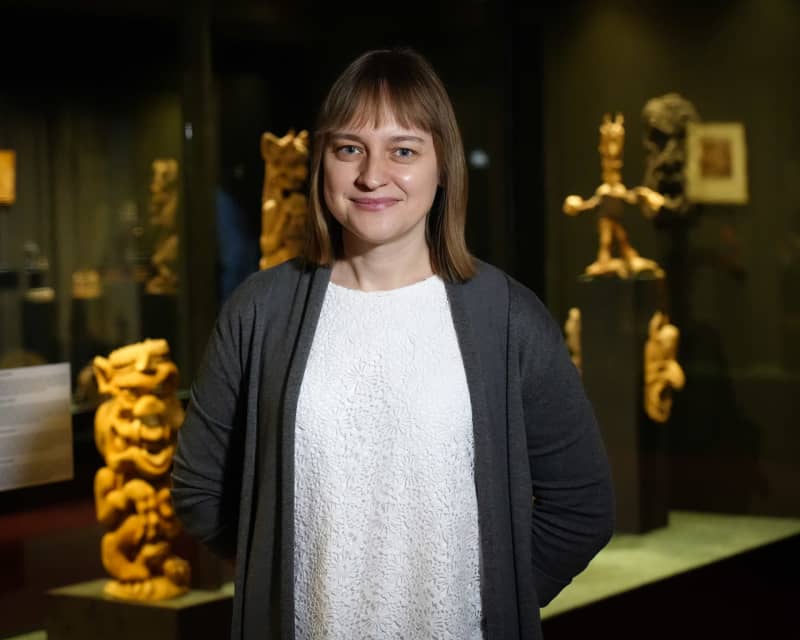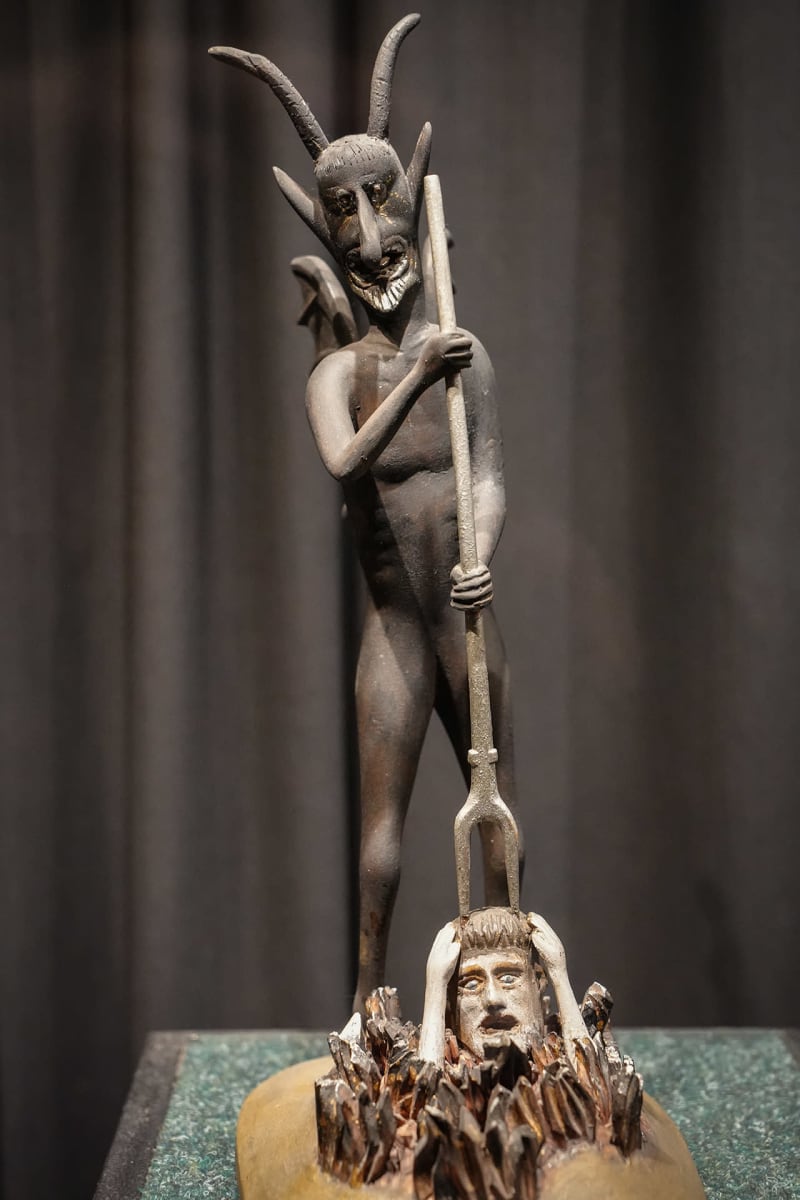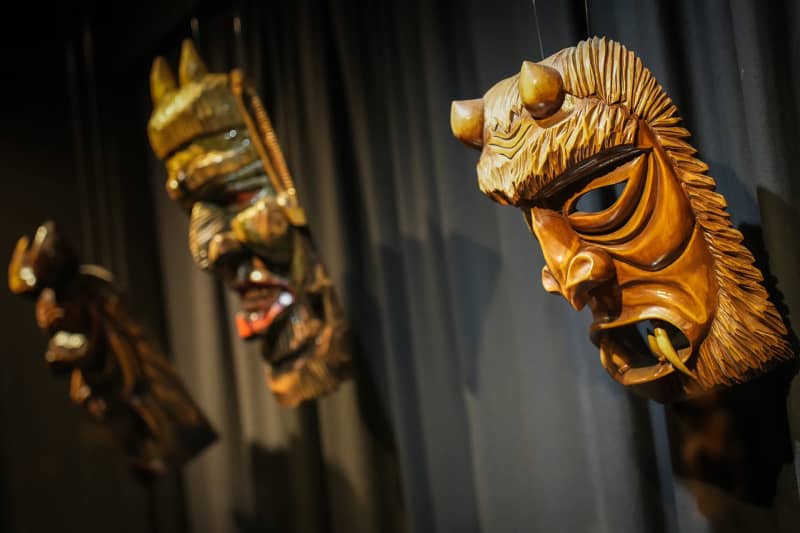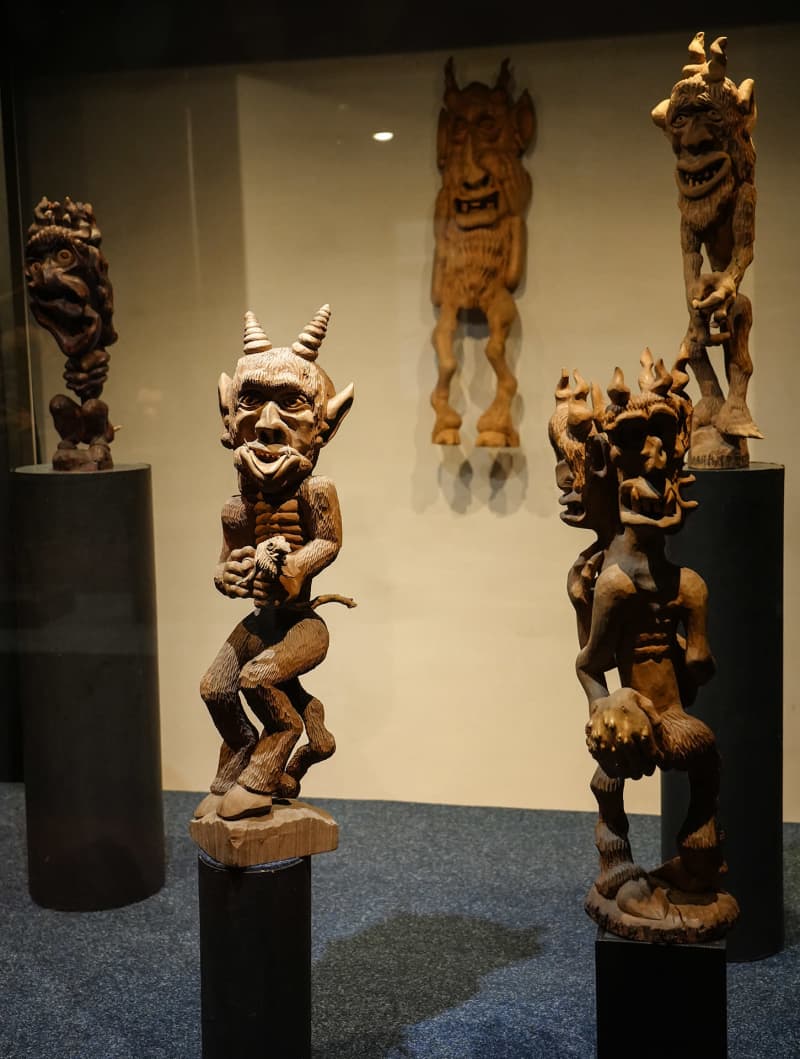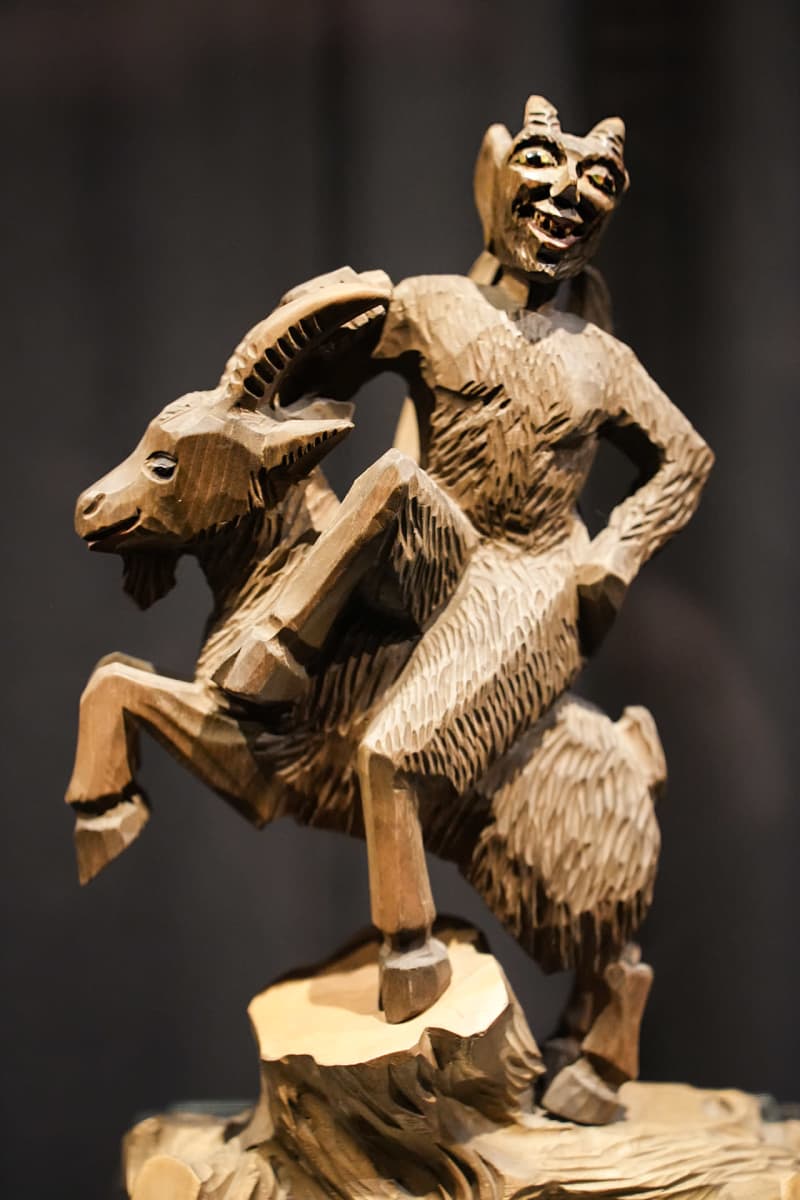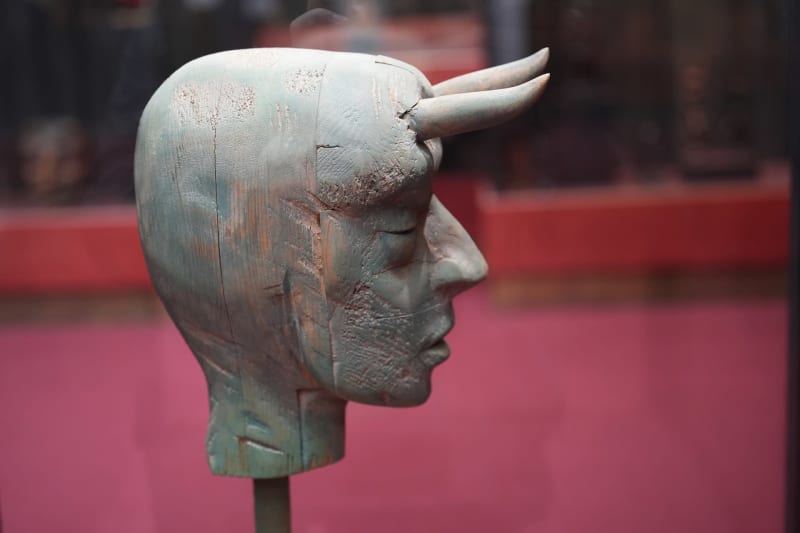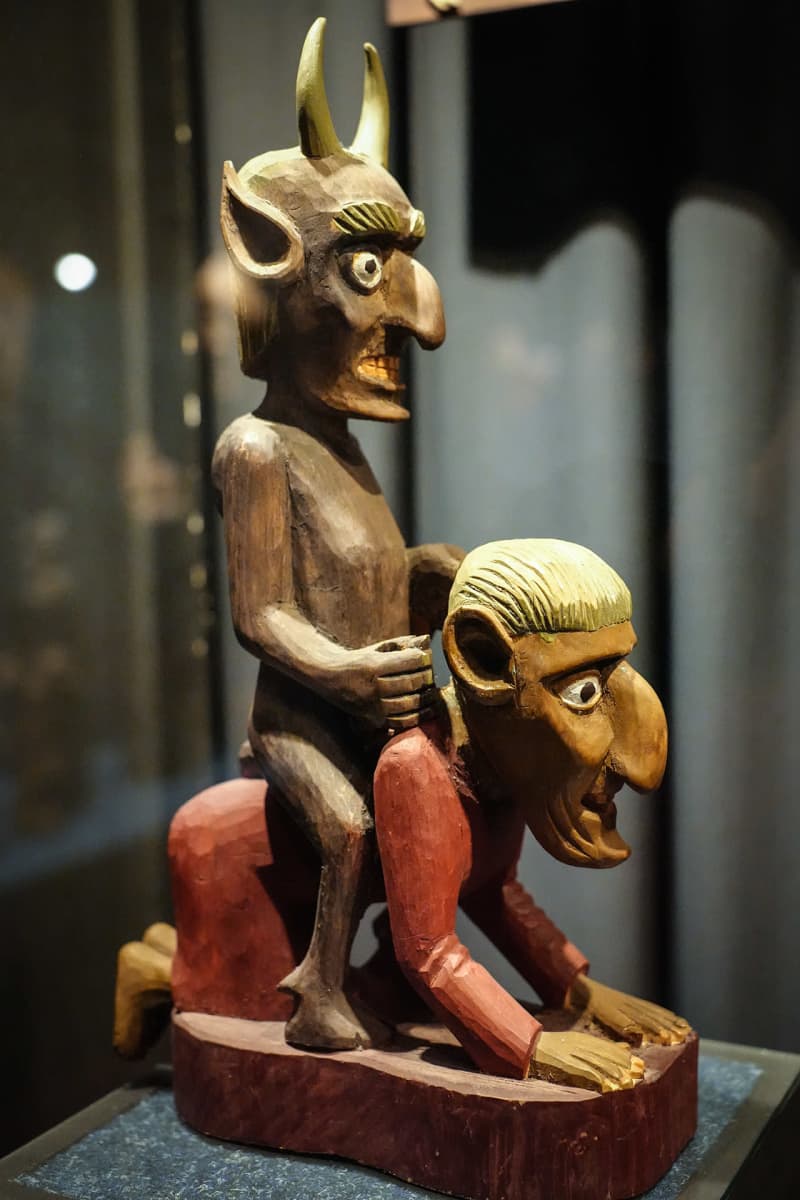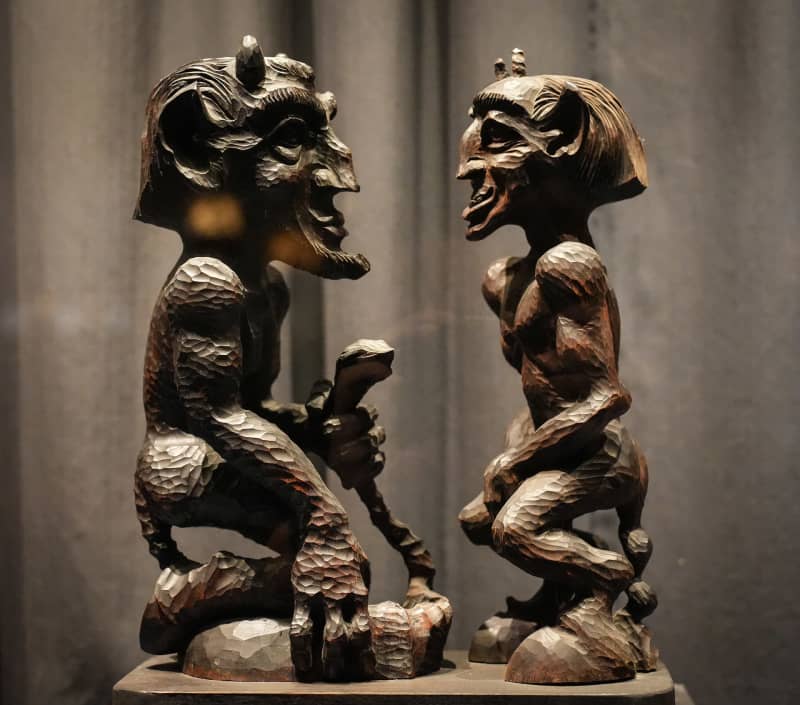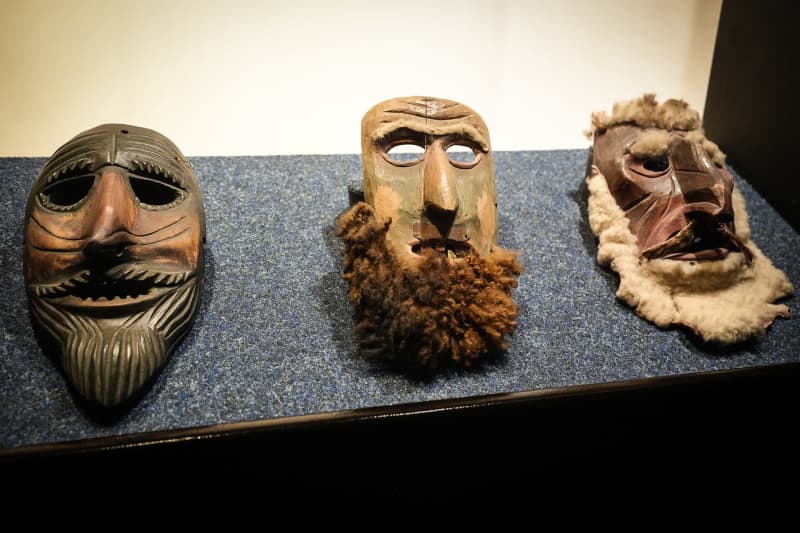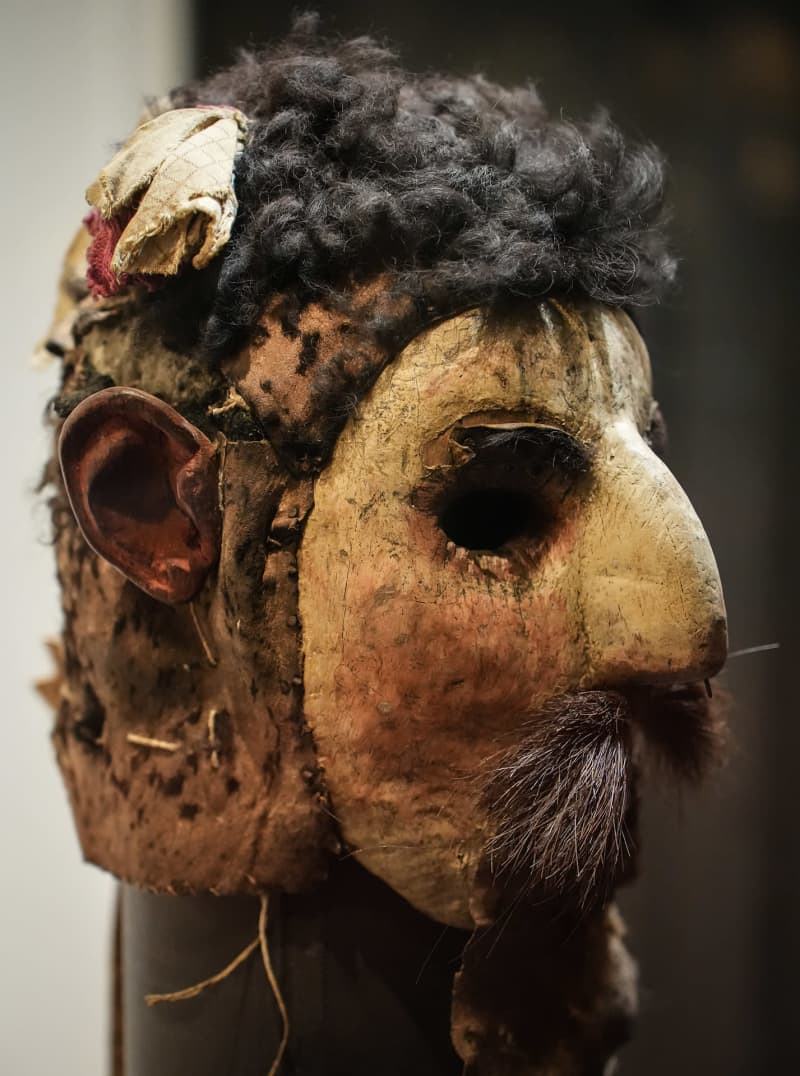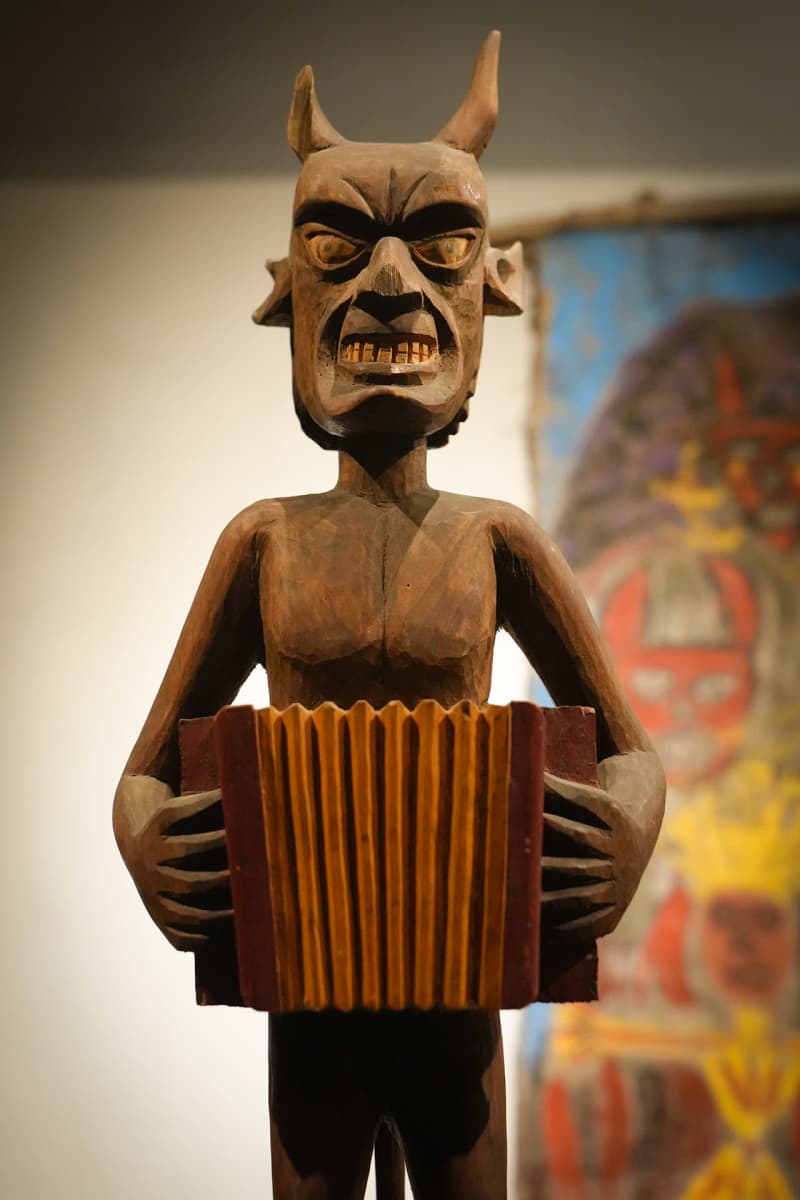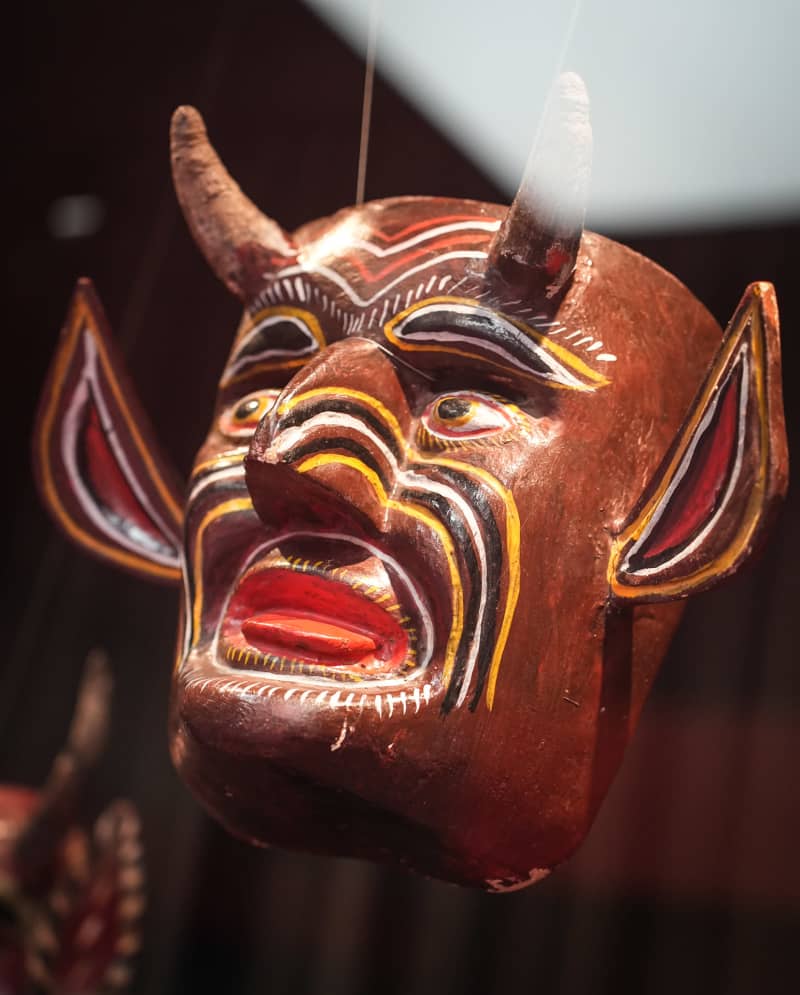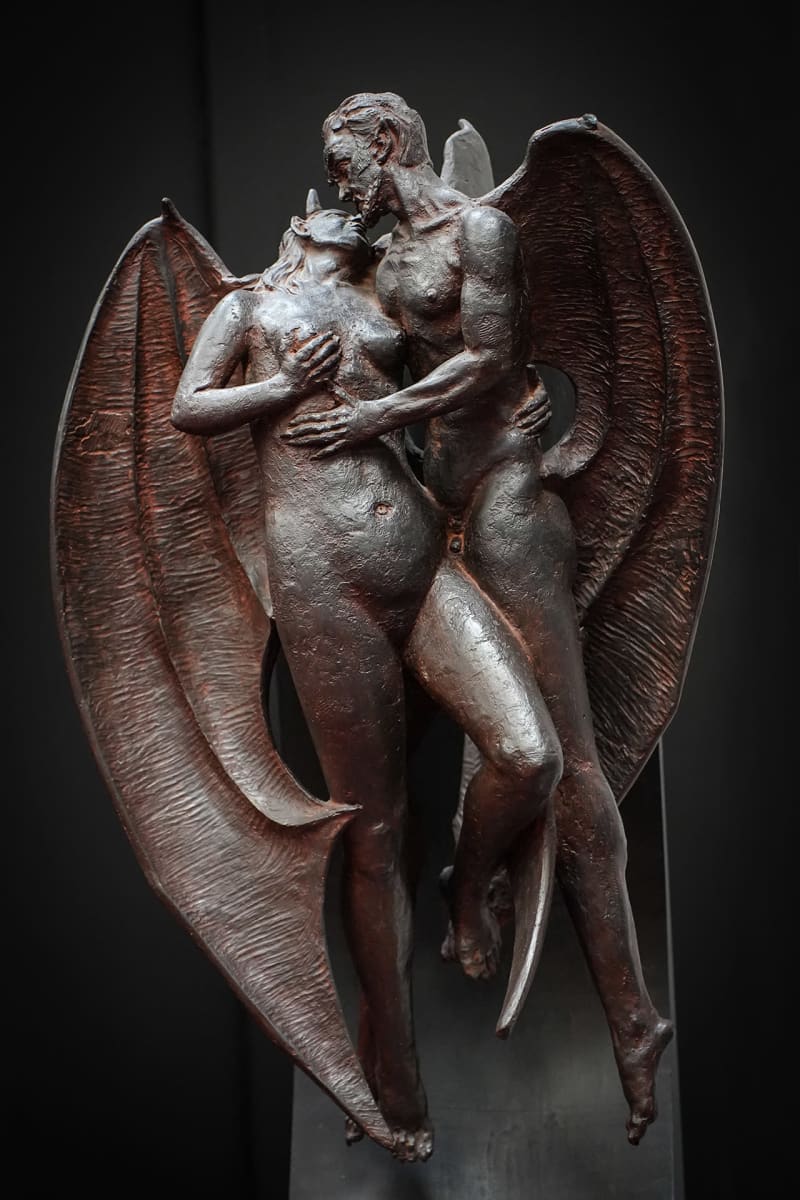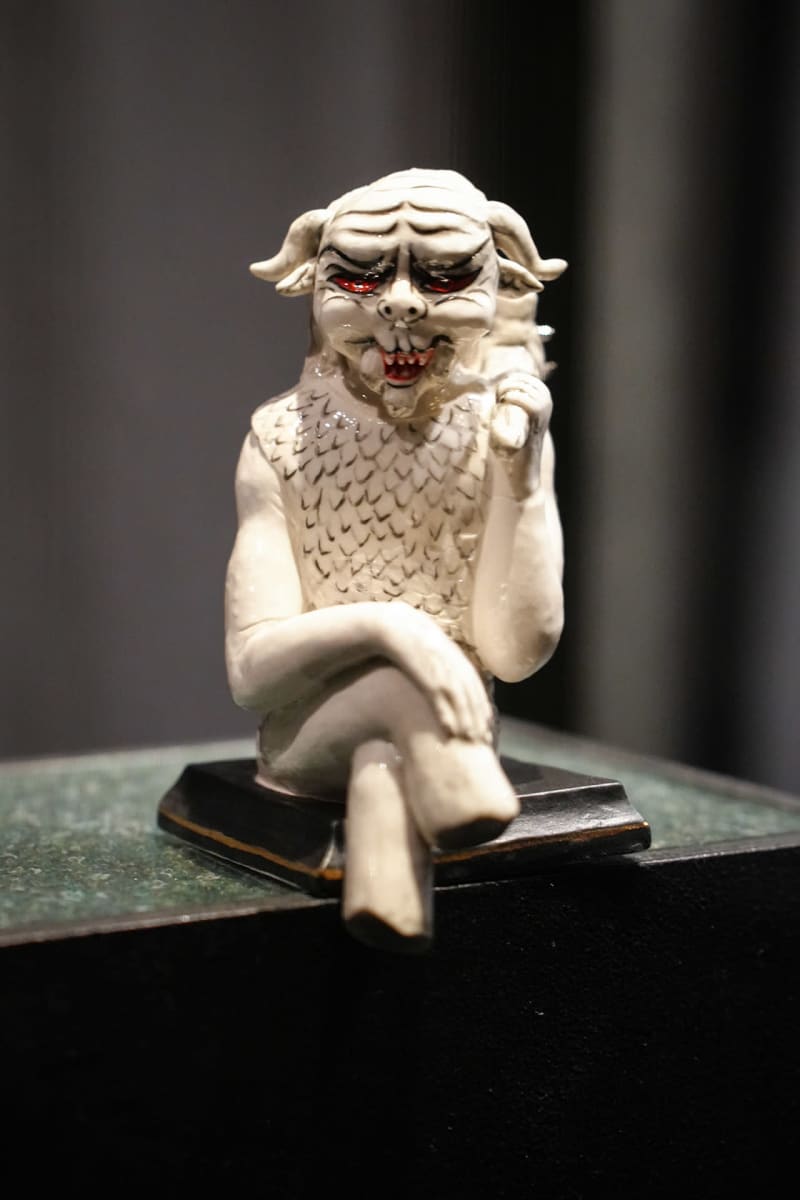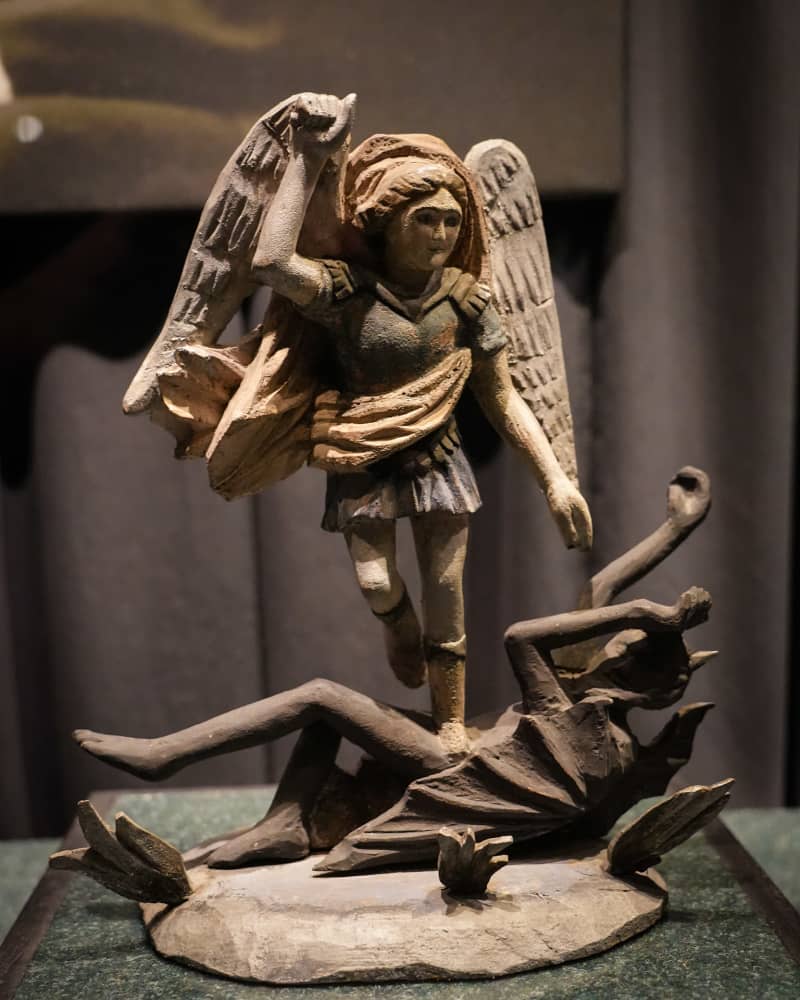The Devil Museum in Kaunas, which is celebrating the European Capital of Culture year, presents a large collection of devil-related artefacts from all over the world. With thousands of devil figurines, it is the largest museum of its kind in the world.
Around the centre of Kaunas, Lithuania, is a rather drab-looking concrete building that hides a surprise. Inside the grey building you will find a museum and thousands of devils, devils, demons, evil spirits, soul enemies and incarnations of Satan. Insane, scary, terrifying – but also funny, funny, funny and comical.
For the faint-hearted or sensitive, this megalomaniacal barrage of the devil’s many forms may be a little too much. Or can it?
The Museum of the Devil, or Velnių muziejus, is one of the most important attractions in Lithuania’s second largest city, if only because there is no other collection like it anywhere else in the world.
A large number of objects have come as donations, and in the early 1960s there were 260 pieces in Žmuidzinavičius’s collection. This has only been the beginning, as there are currently more than 3,000 devils in the museum.
Christianity transformed the devil into a different figure
The fact that the devil museum was founded specifically in Lithuania is no wonder. The ancient religion of the country was strongly associated with the worship of ancestors and natural elements, and dozens of deities, such as the sun goddess Saulè and the thunder god Perkūnas, also served as the fuel engine. The last mentioned has been shaped into our very own Perkele.
Lithuanian folklore is also haunted by the multifaceted character Velnias, meaning the actual devil. The Grand Duchy of Lithuania, which was once one of the largest states in Europe, officially converted to Christianity only at the end of the 14th century, and the new faith gained a firmer foothold among the people only in the next couple of centuries. Velnias has therefore been an everyday thing for Lithuanians almost until our times.
– Before Christianity, Velnias was one of the most well-known gods, whose plot included not only craftsmen but also nurturing fertility. Lithuania was covered by dense forests, so it was important that a person had a figure close to him and safe, who helped him survive in such an environment, says Jurgita Rimkutė-Vainiuvienė.
It is worth noting that in the Christian tradition the devil tricks people into sinning, while in Lithuania the roles have been reversed. There are sculptures in the devil museum where the devil carries a person on his back.
– In Lithuanian folklore, mythology and fairy tales, the devil has several different characters. \”Many times the devil has been a bit crazy and sometimes even a stupid case, which has been easy for human beings to trick even into various jobs,\” says Jurgita Rimkutė-Vainiuvienė.
Less surprisingly, the Velnias name has also been cultivated in metal music. The band Velnias, which recently toured Europe, can be found in the United States, and the same name is also used by a musician active in the Lithuanian folk metal band Romuvos.
When the devil buys your soul
In the Devil’s Museum, the devil appears in almost all possible contexts and characters. In Lithuanian folklore, the devil and other characters of the underworld have loved music. They have invited human musicians to perform at their weddings, but they can also play various instruments themselves. The exhibition features several accordion-playing devils.
According to one belief, the devil could also lead a person to the secrets of playing the violin, if he would only wait patiently for a figure appearing from the darkness at a crossroads at midnight.
In addition to Lithuania, the museum exhibits devils from dozens of other countries. The Polish Boruta devil was born in the 14th century, when a pagan demon from Slavic mythology was combined with a human figure with horns growing on his head.
Around the Alps, on the other hand, the wild-looking Krampus, who is half goat, half devil, punishes naughty children.
– I don’t think it’s a problem that there are plenty of different perspectives and ideas about the devil. In our museum, we want to show not only the Christian devil but also the pagan devil, Jurgita Rimkutė-Vainiuvienė states.
The devil’s activities are strongly connected to the myth of selling the soul: that is, you sell your soul to the devil, and you get something in exchange. The most famous representative of this genre is the German Faust story, in which Dr. Faust sells his soul to the devil and receives unlimited knowledge and supernatural abilities in return. Faust’s fate has been adapted into hundreds of musical works, books and films.
But how should you act if you encounter a real devil? Here is Jurgita Rimkutė-Vainiuvienė’s instructions:
– If you don’t want the dog to bite you, don’t tease it. This also applies to the devil.

